In a world where our biggest daily challenge is traffic, the thought of coming face to face with one of the world’s most dangerous animals seems far-fetched. In reality, it is not as far-fetched as we think. Running into a deadly predator can turn a leisurely hike into a sprinting marathon.
Coming into contact with these deadly species isn’t likely to happen in most people’s neighborhoods. But, if you do live in a region with exotic creatures, it’s not off the table. Although these encounters are the stuff of nightmares, they also remind us of the awe-inspiring diversity of our planet. The animal kingdom boasts some true marvels, even if they come with the occasional side of terror.
The animals on our list are not all bigger than humans. In fact, some of the most threatening are miniature monsters. The first on our list, mosquitos, can pose serious dangers, making it important to protect yourself with a repellent. Unfortunately, they don’t make a spray that will keep you safe from hippos or crocodiles, which are some of the bigger predators on this list.
StudyFinds has turned to wildlife experts to compile our list of the most dangerous animals in the world. According to these experts, some of them are closer than we can imagine. So, whether you’re watching from the safety of your screen or daring to venture into the wild, remember, if you see one of these deadly animals…RUN!
The List: World’s Most Dangerous Animals, According to Experts
1. Mosquitos
I bet you thought the number one most dangerous animal in the world would be one that is bigger than you are. An expert from Discover Wildlife writes, “In terms of the number of humans killed every year, mosquitos by far hold the record, being responsible for between 725,000 and 1,000,000 deaths annually. That is not to say these tiny insects set out to kill, however. Rather than killing directly, mosquitos are instead very frequent ‘disease vectors’. This means that in the course of their feeding, on human and animal blood, they incidentally transmit infectious pathogens, carrying bacteria, viruses, and parasites from person to person.”
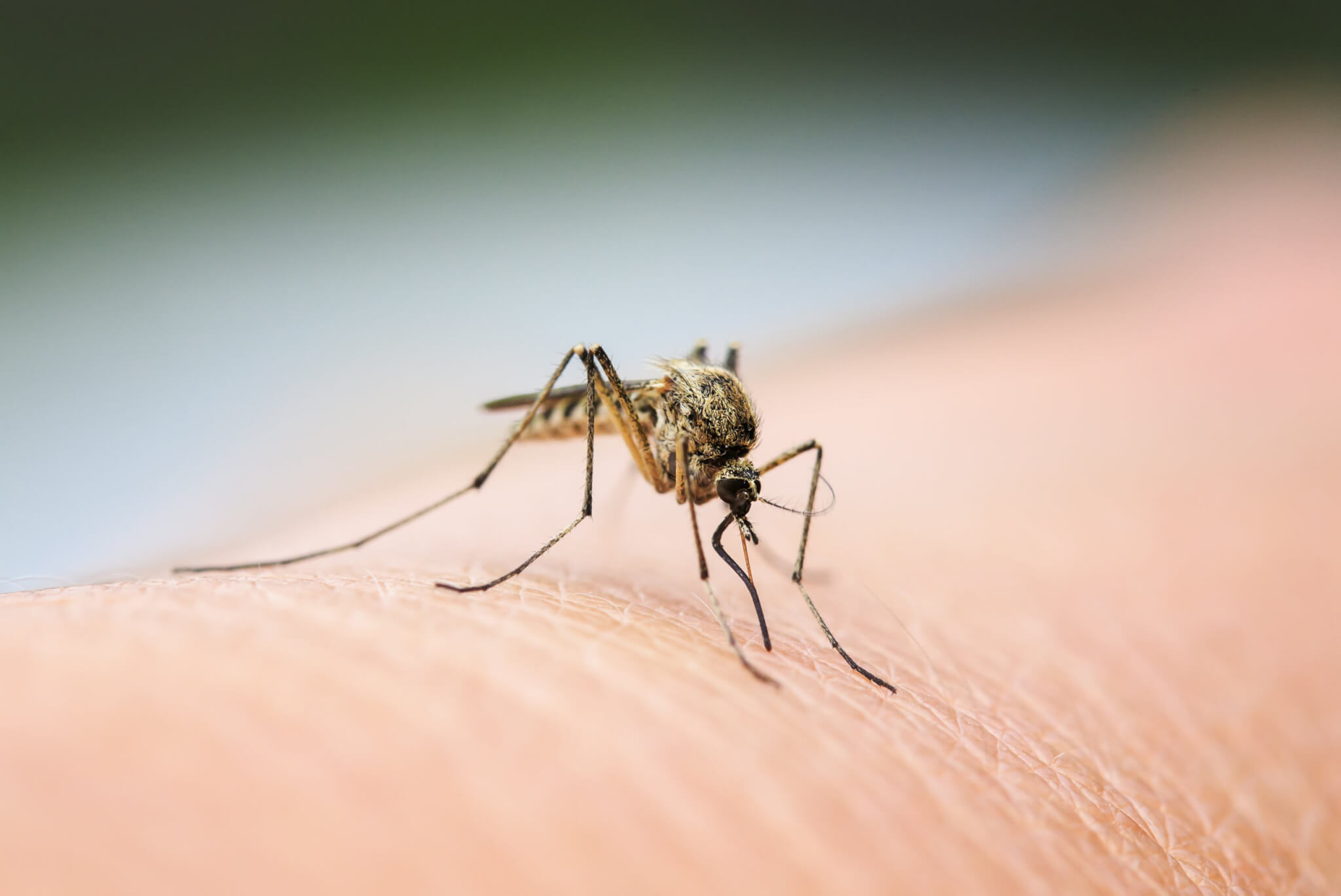
Measuring at just 3 milometers, this tiny creature can wipe out an entire town. “The mosquito is responsible for spreading several deadly diseases — including West Nile, zika, dengue virus, yellow fever and malaria,” shares Discover Magazine. “Combined mosquito-borne disease kills over one million people each year. Not all mosquitos bite humans. In fact, it’s only several hundred out of the 3,500 types of mosquitos that do so. It’s the female mosquito that bites, and their saliva has an anticoagulant that enables them to feed easily on blood. Feeding on blood is required for the females before they can lay their eggs, which they do in standing water. Certain factors affect who they bite. These include the amount of carbon dioxide we produce, chemicals in sweat, wearing dark colors and body temperature. There’s an ongoing debate within the scientific community about whether the eradication of mosquitos – even though they are part of our ecosystem – would be a net benefit to the world.”
“The pesky bugs that suck blood and transmit viruses from person to person – are responsible for the most animal-related deaths,” writes Science Alert. “Malaria by itself is responsible for more than half of mosquito-related deaths, predominantly in sub-Saharan Africa, though it’s on the decline: The incidence of malaria fell by 37 percent between 2000 and 2015, according to the World Health Organization. Dengue fever, another mosquito-borne disease, has become a leading cause of hospitalization and death among children in some Asian and Latin-American countries.” Yuck!
2. Humans
Sad to say, when we reviewed other lists for this topic, humans were the second most common animal mentioned. “One thing that cannot be argued is that human beings are the world’s most efficient killers of other humans,” says Brittanica. “Globally, an estimated 56 million people die per year when all causes of death are considered. Roughly 526,000 people are killed by armed violence. Roughly 75% of these deaths are classified as intentional homicides. In addition, some 54,000 humans succumb to unintentional violent deaths, and 55,000 people die per year as a result of war and terrorism.”

From domestic related violence to drugs and crime, humans seem to be experts at harming other humans. Science Alert writes, “According to the United Nations Office on Drugs and Crime, there were about 437,000 homicides in 2012, making humans the second most deadly animal (and the deadliest mammal) to humans. We are not quite our own worst enemy – but we’re pretty close.”
According to Discover Wildlife, as humans increased in knowledge and technology, so did our ability to develop self-destructive habits. “Our capacity for advanced tool use above and beyond that of all other animals has in some ways been our downfall, leading as it has to complex weapons that we use to kill each other,” adds Discover Wildlife. “And this is not to mention the destructive impact our activities have had on the natural world, resulting in climate change, which is already estimated to cause over 150,000 deaths annually.”
3. Dogs
It’s a classic case of keeping your enemies close. Our most cherished family pets are also a great danger due to their proximity to us. “Dogs like to guard their owners against possible intruders and will attack by biting. While deaths from dog attacks are uncommon, human deaths from rabies transmitted by dog bites are not unheard of, primarily taking place in poorer parts of the world including Africa and Asia,” shares Science of Focus.
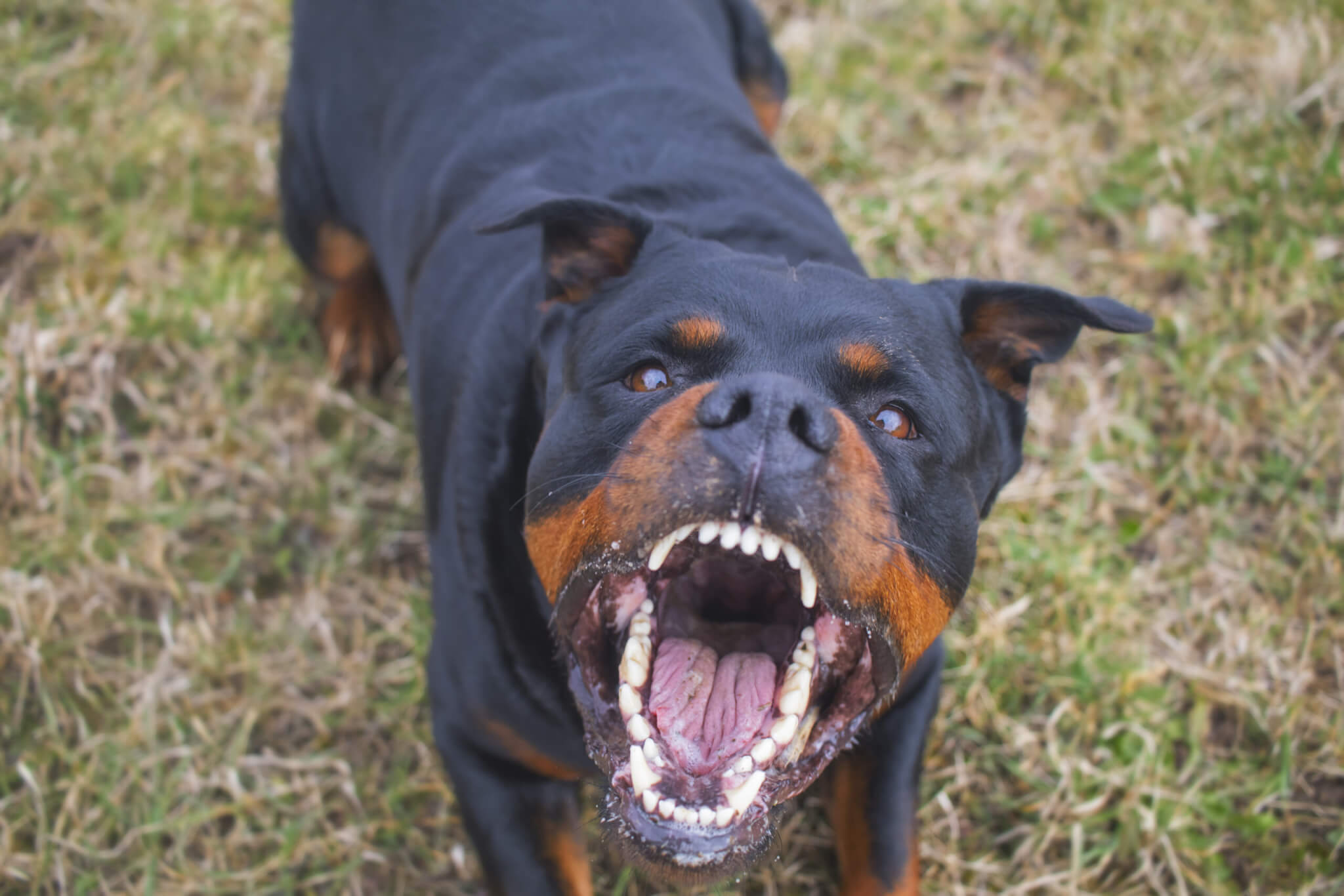
Imagine welcoming an animal into your family, only to have them viciously attack you. That is what happens when we are not careful around our furry family “friends.” “In 2007, this 4-year-old pit bull in the Philippines mauled a girl and killed her grandmother in their home in the suburbs of Manila. The man, a local veterinarian, planned to rehabilitate the dog,” writes CBS News.
A wildlife expert from CNET offers everyone a warning: “Man’s best friend can also be a nightmare. Maulings and bites from rabid dogs are both to blame for the 25,000 dog-related deaths each year.”
4. Saltwater Crocodiles
It makes perfect sense that crocodiles make the list for most dangerous animals in the world; those sinister smiles will give them away every time. “Known as,’salties,’ these reptiles are responsible for approximately 1,000 human deaths annually,” writes Discover Magazine. “These skilled swimmers are found in northern Australia, eastern India, and southeast Asia. After drowning their prey, saltwater crocodiles they go into a death roll, where they repeatedly roll their catch in the water. This method facilitates dismemberment, as the crocs teeth are made for gripping, not tearing.”
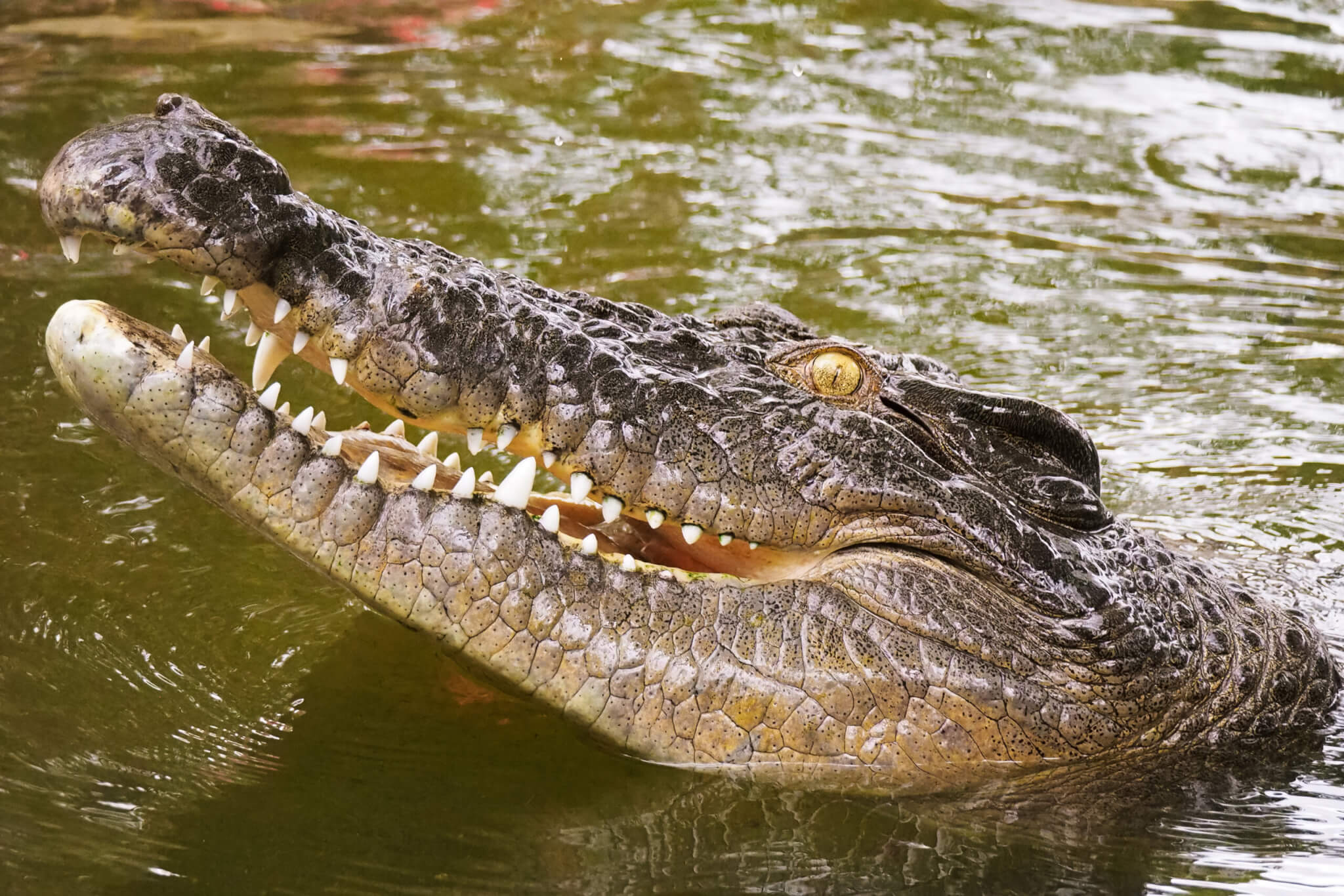
According to an expert from A-Z Animals, “Responsible for somewhere between 1,000-5,000 deaths annually, the crocodile is one of the largest, most aggressive, and most dangerous animals in the world. Weighing in at over 2,000 pounds, crocodiles possess immense bite strength and can travel at speeds up to 25 mph. Crocodiles are the sole entry on this list that actively hunt and prey upon humans. The deadliest species is the Nile crocodile which lives in the regions surrounding the Nile river, and they were so feared by ancient Egyptians that they carried tokens of their crocodile god for protection from the reptiles.”
The Times UK reminds us that saltwater crocs have had a lot of practice mastering the art of the kill. “They’ve been around on earth since the Pliocene era, so crocodiles have had plenty of time to evolve into one of Mother Nature’s most efficient killing machines. Reaching up to 6m in length, these monster reptiles lurk in saltwater estuaries and brackish waters from eastern India to southeast Asia and northern Australia. They’ll snack on anything that crosses their path, including humans.”
5. Hippos
While the most creative among us may imagine that hippos are just water cows, lounging around and enjoying the day without care, a wildlife expert from CNET says that is not the case. “Don’t be fooled by their sleepy nature or their portrayal as comical characters in cartoons; hippopotami are some of the most aggressive animals on the planet and will not hesitate to charge humans who get too close. More than one human per day, on average, is killed by a hippo every year.”
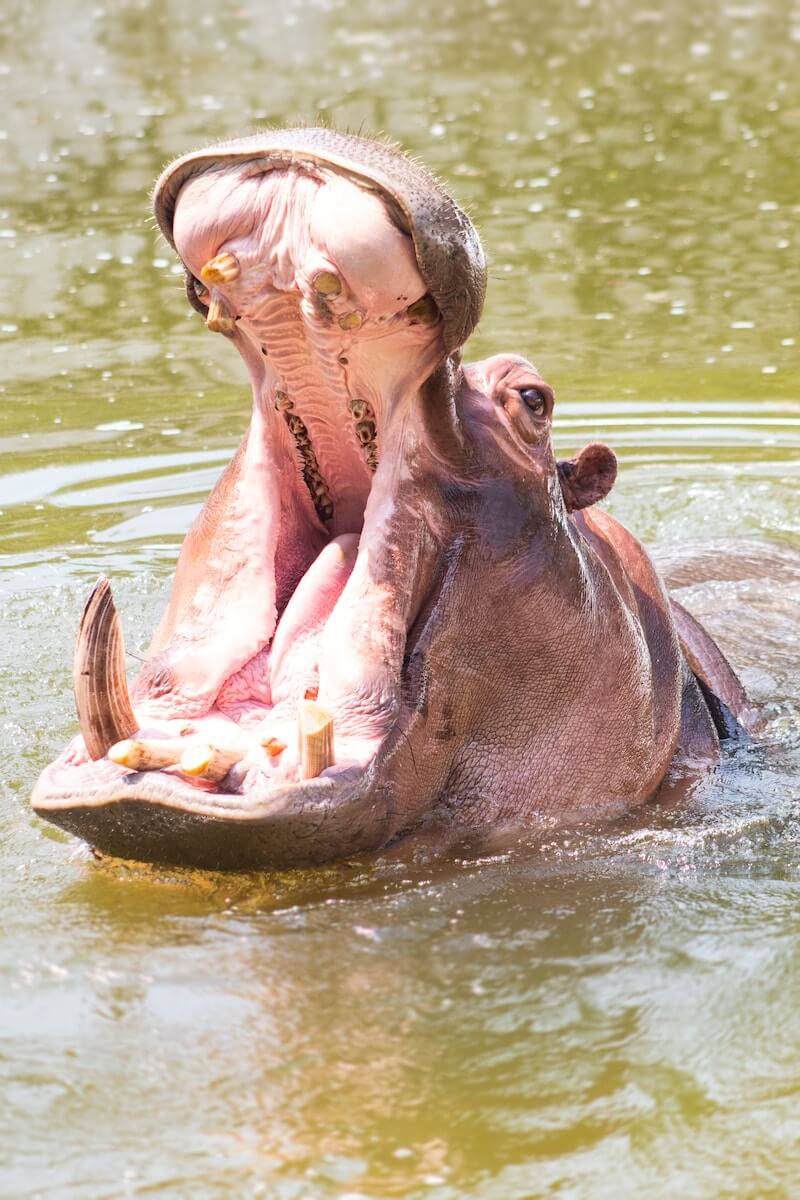
“For a long time, hippos were considered the most deadly animal in Africa,” shares Science Alert. “Hippos are known for being aggressive toward humans, including tipping over boats.”
But hippos look so peaceful at the zoo. Why would they want to hurt humans? A-Z Animals has an answer: “The hippopotamus ranks third in size amongst the largest land mammals behind the elephant and the rhinoceros, and they are responsible for about 500 fatal human encounters each year…However, they earned a higher spot [on this list] due to their reputation for violence, aggression, and their extremely territorial nature. Hippos have even been known to attack boats for encroaching upon their habitat, and they can use their sharp teeth that grow up to 20 inches long very effectively. They attack by biting, and trampling, and will hold their adversary underwater until they drown.”
Now that you know which animals are the most dangerous, which one do you fear the most? Leave a comment to let us know!
You might also be interested in:
- Best Mosquito Repellent
- Worst Wildfires of All Time
- Worst Hurricanes of All Time
- Most Dangerous Animals in the U.S.
Sources:
- A-Z Animals
- Science Alert
- CNET
- Discover Wildlife
- The Times UK
- Discover Magazine
- CN Traveler
- CBS News
- Science of Focus
- Brittanica
Note: This article was not paid for nor sponsored. StudyFinds is not connected to nor partnered with any of the brands mentioned and receives no compensation for its recommendations.
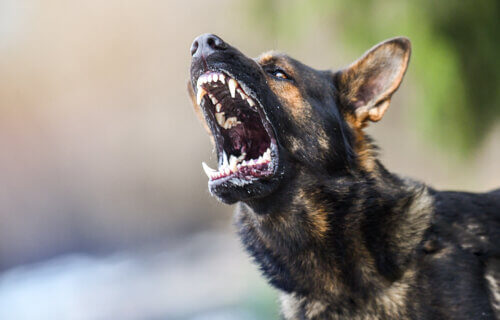
How do mosquitos beat tigers on this list? When you go to the zoo are the mosquitos in cages to protect you? If you had a choice between spending the night with a mosquito or a tiger, which would you choose?
I will choose staying with mosquito😂
Because tigers don’t kill over 1 million people per year
Also, saltwater crocodiles is super specific. Try putting your pinky in the mouth of a freshwater crocodile and I bet you will forget entirely about the salinity of their dwelling place!
You don’t dare to stay with a Lion, so how is mosquito a dangerous animal 🤷?
Mosquitoes kill 1 million people per year